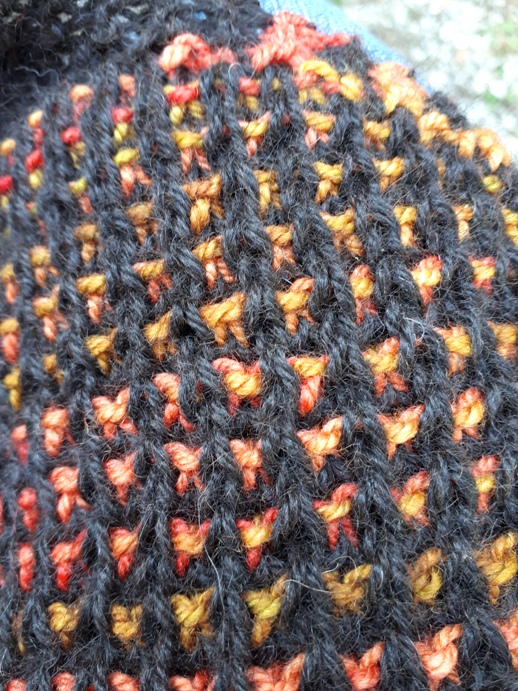I have to be quick here because I spent all morning trying to photograph a couple of shawls. OMG they are hard to do. After taking 34 pics I am settling for what I got.
That was after I spent way too much time deciding I needed a haircut first, then I should cut my nails, make some bread and clean my apartment. OK, none of that got done. I did get some photos.
This is a shawl I knit for Shelridge Yarns in Lyn’s new Silk/Linen (pink) and again in her Touch Fine lace weight wool (purple).

I do need a hair cut!

This shawl is built in 3-Tiers. With lots of different stitch patterns done in recipe style with schematics for which stitch patterns I used where.


How goofy is that!
Anyway the pattern is finished and I’m sending it to Lyn for a final OK and then I’ll publish it. I hope the photos are OK because it was painful to do these.
Cheers, Deb











































